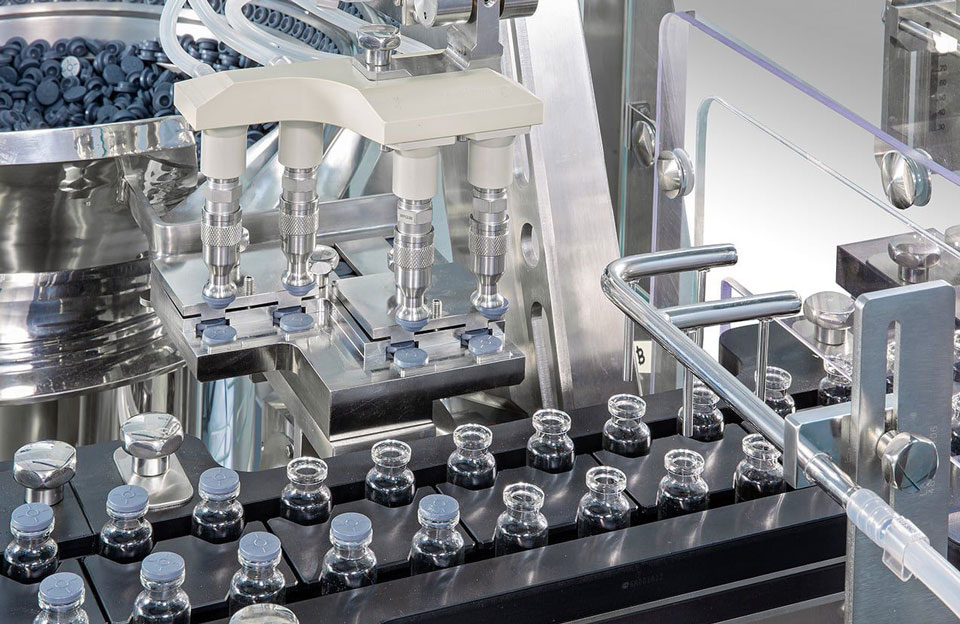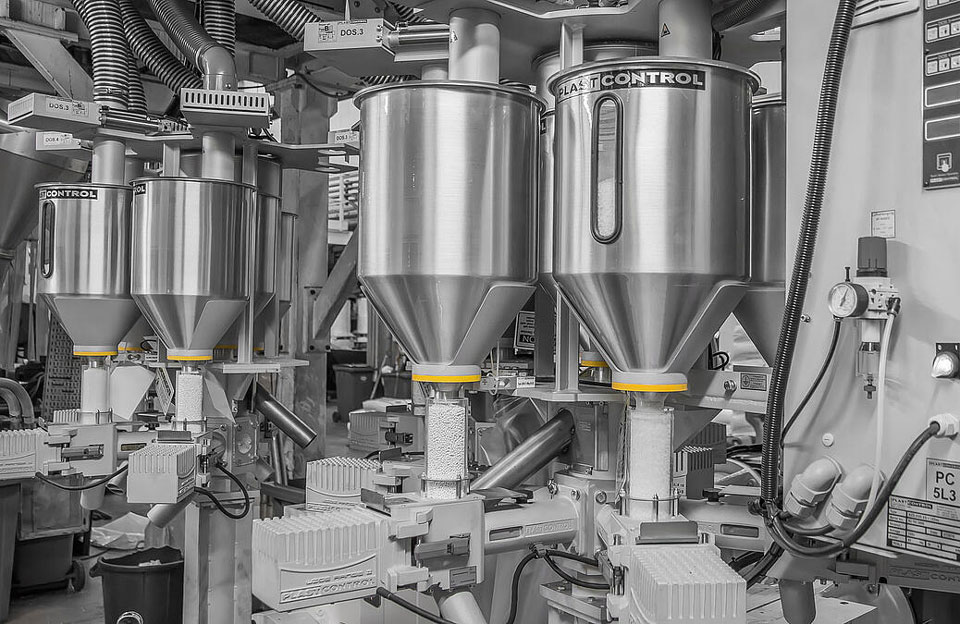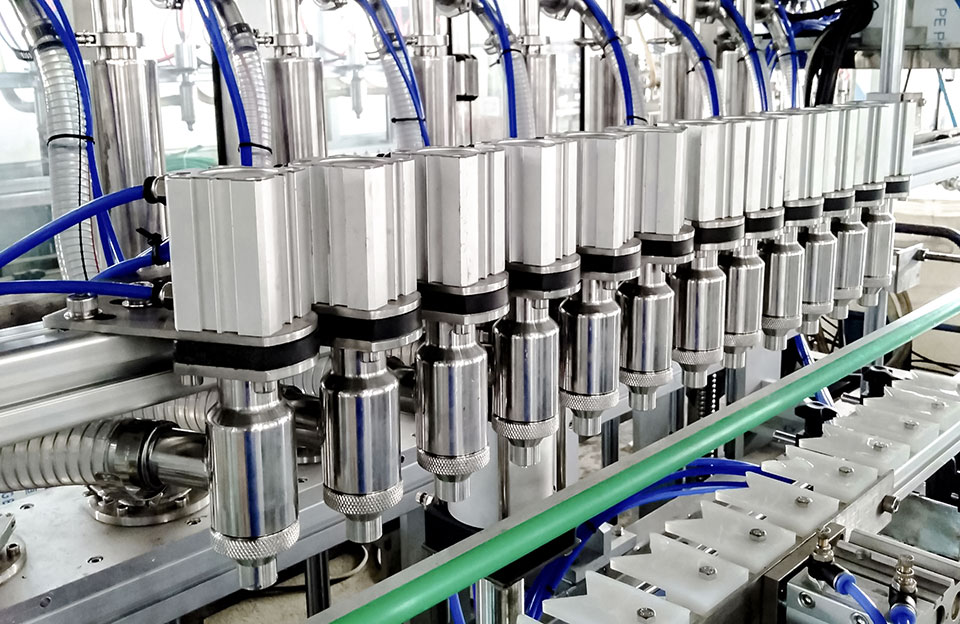The pharmaceutical filling industry continues to evolve with technological advancements, but the challenges in pharmaceutical filling machinery still exit. Adopting new technologies such as robotics, automation, and digitization can increase efficiency and accuracy but also require significant investment and improve labor skills. Meeting these challenges in pharmaceutical filling machinery requires technical expertise, regulatory compliance, investment in advanced equipment, effective quality control measures, and a focus on continuous improvement throughout the pharmaceutical filling process.
Challenges in Pharmaceutical Filling Machinery
The challenges in pharmaceutical filling machinery still exit that affect the overall efficiency of its operations and processes. Some significant challenges include:
-
- Consider Two Dosage Forms: The pharmaceutical manufacturing industry performs several critical operations to deliver the final product. In this case, product filling is one of the most critical functions. Both forms need to be considered when discussing pharmaceutical filling. In addition to powder filling needs, there are also liquid filling needs. These two processes constitute the dose-filling process. However, these procedures are more challenging than they sound. Conversely, pharmaceutical professionals face several challenges when performing product fills.
- Regulatory Compliance: The pharmaceutical industry is highly regulated to ensure patient safety. Adherence to Good Manufacturing Practice and stringent regulations from regulatory agencies such as the US Food and Drug Administration (FDA) and the European Medicines Agency are critical. Meeting these compliance requirements adds complexity and cost to the pharmaceutical filling process.
- Product Quality and Safety: Product quality and safety are critical to the pharmaceutical industry. The filling process must ensure accurate dosing, precise fill volumes, and prevent contamination. Achieving consistent quality from batch to batch and avoiding product recalls or deviations is a significant challenge.
- Sterility Assurance: Many medicines, such as injections and sterile liquids, require aseptic filling. Maintaining a sterile environment throughout filling is critical to preventing microbial contamination. Maintaining sterility during filling, sealing, and packaging presents technical and operational challenges.
- Filling Efficiency and Speed: The pharmaceutical industry often faces high demand for medicines, especially during epidemics or emergencies. Filling operations must be efficient and able to meet production targets. Balancing speed and efficiency while ensuring accuracy and product quality can be challenging.
- Product Variability: Pharmaceutical companies manufacture various products, including drug formulations, dosage forms, and package sizes. Each product may have specific filling requirements, adding complexity and requiring a flexible manufacturing system.
- Supply Chain Management: Pharmaceutical filling companies rely on complex supply chains to source raw materials, components, and packaging materials. Ensuring a steady and reliable supply of high-quality material is critical to maintaining uninterrupted production, and any disruption in the supply chain can severely impact the filling process.
- Sustainability and Environmental Impact: The pharmaceutical industry is increasingly concerned with sustainability and minimizing its environmental footprint. Significant challenges include developing environmentally friendly packaging solutions, reducing waste generation, and optimizing energy consumption in filling operations.
Solutions for Pharmaceutical Filling Challenges
Several solutions can be implemented to meet the challenges facing the pharmaceutical filling industry. Here are some potential strategies:
- Automation and Robotics: The introduction of automated filling systems and robotics can improve the filling process’s efficiency, accuracy, and speed. Automated systems can handle complex tasks such as precise and sterile aseptic filling, reducing human error, increasing throughput, and ensuring consistency in dosage and fill volume.
- Advanced Filling Technology: Investing in advanced filling technology, such as peristaltic pumps, piston pumps, or rotary filling machines, can precisely control filling volume, reduce waste and minimize product variability.
- Quality by Design (QbD): Implementing Quality by Design principles helps to optimize the filling process and ensure product quality. QbD involves a systematic approach to understanding the impact of process parameters and raw material attributes on product quality. A consistent and high-quality product can be obtained by identifying critical process parameters and controlling them within predetermined limits.
- Process Analytical Technology (PAT): Utilizing PAT tools, such as online sensors and real-time monitoring systems, any changes or deviations can be identified and corrected immediately, providing continuous feedback on the filling process and ensuring product quality, and reducing the risk of non-compliance.
- Training and Workforce Development: It is critical to have a comprehensive training program for the employees involved in the filling process. Training should cover GMP regulations, aseptic techniques, proper operation of equipment, and quality control measures. Skilled and well-trained operators can better meet the challenges and ensure the integrity of the filling process.
- Supply Chain Optimization: Working closely with suppliers and implementing efficient supply chain management practices can help reduce supply chain risk. Maintaining solid relationships with suppliers, implementing just-in-time inventory systems, and conducting regular quality audits can ensure a reliable supply of materials and minimize disruptions.
- Sustainability Initiatives: Sustainable practices can reduce environmental impact and improve industry reputation. Employing energy-efficient equipment, optimizing packaging to minimize waste, and using environmentally friendly materials contribute to a greener filling process.
- Collaboration and Knowledge Sharing: Encouraging collaboration between pharmaceutical companies, device manufacturers, and regulators can facilitate the exchange of best practices and innovative solutions. Participating in industry associations, attending conferences, and sharing knowledge helps to address common challenges together.
- Continuous Improvement: Implementing a culture of continuous improvement is critical to overcoming challenges in the pharmaceutical filling industry. Regularly evaluating processes, collecting data, and analyzing performance indicators can help identify areas for improvement and implement corrective actions.
- Compliance Management: A robust compliance management system is essential to ensure compliance with GMP regulations. Implementing a comprehensive documentation system, conducting regular internal audits, and keeping abreast of regulatory changes can help maintain compliance and reduce risk.
Conclusion
Facing the challenges in pharmaceutical filling machinery, by implementing these solutions, pharmaceutical filling companies can improve operational efficiency, ensure product quality and safety, and address challenges posed by regulatory requirements, sustainability goals, and market demands.


